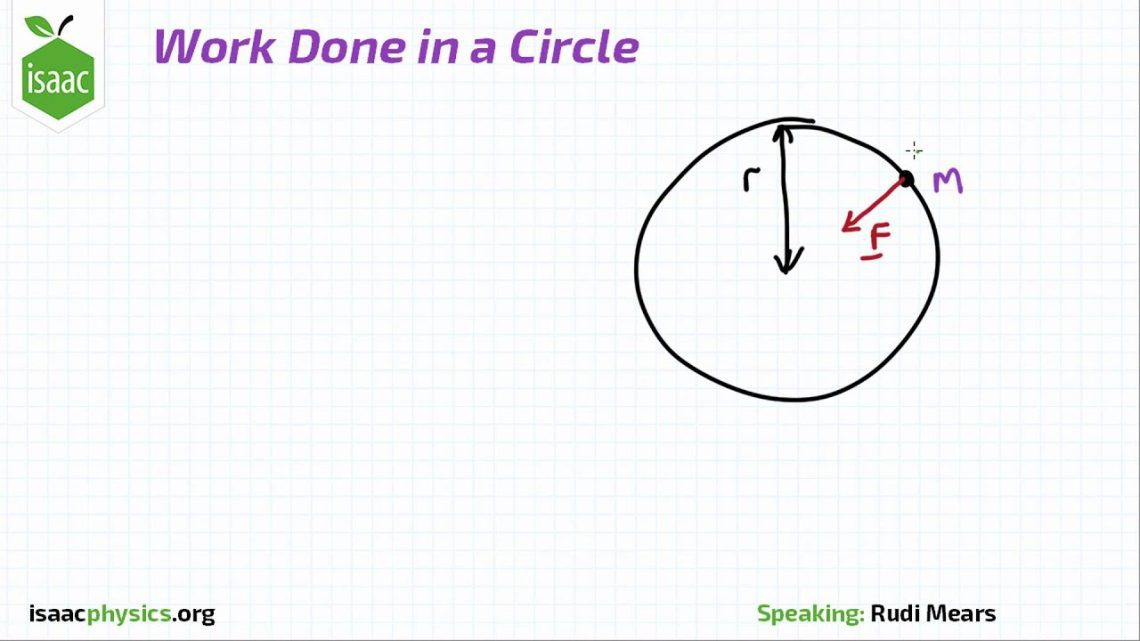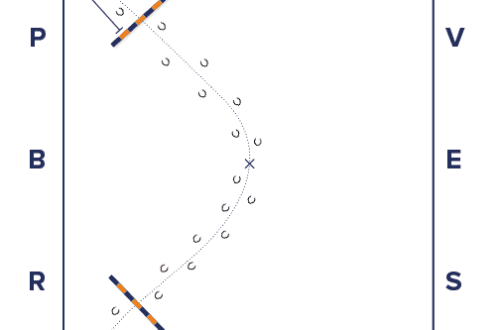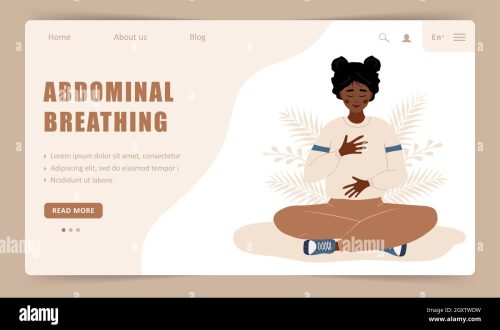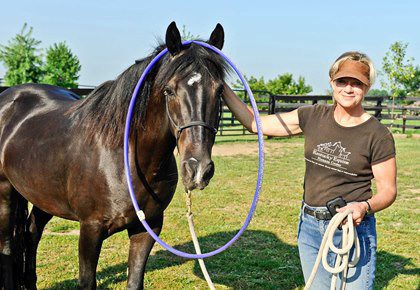
How to work in a circle
The horses ran around
What for?
Use a 20m circle to improve your horse’s lateral bend. As you circle, you are teaching the horse to soften under the aids, and you are learning to send him from the inside leg to the outside rein.
After working on a 20-meter circle, you can easily move on to serpentines.
Think of
When working in a circle, always remember that it is a circle, which means that you must always be at the same distance from its center. Look at the spatial arrangement of the circles in the Small and Standard Dressage Arenas. When riding in a circle, your horse should be bent along his entire body, following the curve of the circle. Thus, the inner side of her body should be shortened, and the outer side should be lengthened.
Memo
Circles bring out stiffness in both horse and rider, and if your reins are uneven, it will be difficult for you to follow the path of the circle. When riding in a circle, your horse’s inside hind foot should follow the track line of the front inside leg and the outside hind leg should follow the track line of the outside front. The shoulders and pelvis of the rider must follow the curve of the horse.
Plan
Start walking around the first 20-meter circle. Remember that the bend must be constant along the entire length of the circumference. Think of a circle as a shape that has four control points. Connect these points with curved lines.
Management tools
We ride to the right on the right rein (the inside right rein asks for a bend). The left (outside) rein maintains contact and keeps the horse on the circle. The rider’s right (inside) leg rests against the girth, encouraging the horse to move forward and bend the body inward. The left (outside) leg lies slightly behind the girth, controlling the horse’s hindquarters and keeping it in line with the circle.
We ride to the left on the left rein (the inner left rein asks for a bend). The right (outside) rein maintains contact and keeps the horse on the circle. The rider’s left leg (inside) rests at the girth, encouraging the horse to move forward and bend the body inward. The right (outside) leg lies slightly behind the girth, controlling the horse’s hindquarters and keeping it in line with the circle.
After working on the circle, you can go to the serpentines:
Translation by Valeria Smirnova (source).





